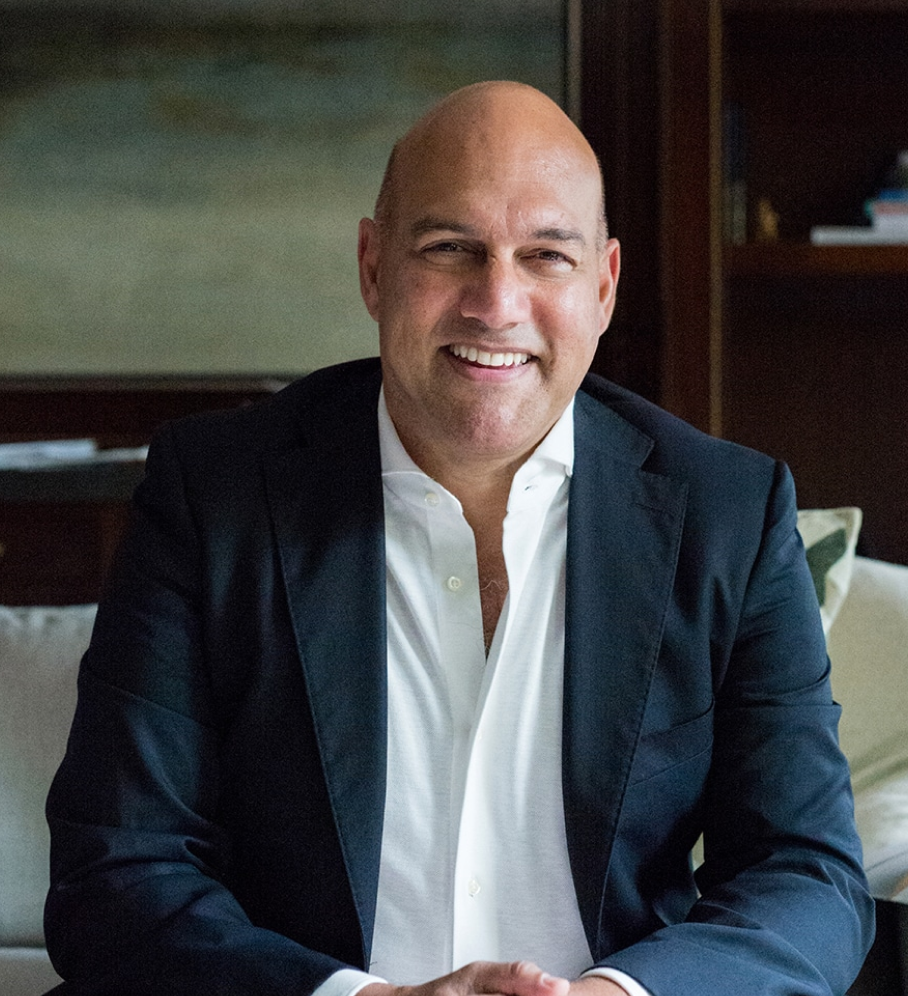Case Study - Thrasio
Carlos Cashman, a Boston-based entrepreneur, was running OrionCKB—an online marketing agency—when he and his co-founder Josh Silberstein noticed that e-commerce companies were being built by smaller and smaller teams of entrepreneurs building small e-commerce companies.
When Cashman and Silberstein examined the e-commerce companies they were promoting, they realized that many of the companies, while solid business ideas, lacked the critical mass needed for success on the web. So, together they formulated the idea to systematically buy the companies they thought most promising and then promote them on the Amazon Marketplace.
Along the way, they discovered AI software that could analyze products listed on the Amazon Marketplace and predict their future sales. The team then saw an exponential trend: 35 such businesses were sold in 2017, and that number doubled a year later.
In mid-2018, Cashman and Silberstein bought their first company, raising “friends & family” money to do so. By the end of that year, they had acquired seven businesses and crossed $1m in pro-forma sales. In 2019, they acquired over 40 companies. At an Amazon Marketplace conference, they put up a sign reading “We buy $1M businesses” . . . and had people lined up around the block. In 2020 the company, Thrasio, quintupled its revenue run rate. By the end of 2021, Thrasio’s pro-forma revenues were more than $1 billion, with more than 200 brands and thousands of products.
How big is the opportunity Cashman and his team uncovered? On the Amazon Marketplace in 2021, third-party sellers sold $400 billion of products. More than 60 thousand were enjoying sales greater than $1 million per year.
Using this unique data-driven analytical approach, Thrasio crossed the one-billion-dollar revenue run rate—less than three years after its launch. It is a 21st-century CPG company (Consumer Packaged Goods) like Unilever or P&G. Thrasio has created an entirely new industry, is completely data-driven, and thus extremely low risk, at least on the market side. At startup events around the world, new startups are already saying, “We are the Thrasio of X.”
##Ignition
With Thrasio pointing the way, it is now time to discuss how to build an Exponential Organization. One caveat, however: This is not meant to be an exhaustive startup manual. Rather, we’ll discuss the elements relevant to building an ExO that is leveraged by information and is highly scalable, either as a pure startup or from within an existing enterprise.
(A quick but relevant side note here: We strongly recommend, as an accompaniment to this chapter, reading The Lean Startup by Eric Ries. [1] We’ll be referring to it frequently. In fact, the best definition we’ve found for a startup comes from Ries: “A startup is a human institution designed to deliver a new product or service under conditions of extreme uncertainty.”)
Other books we highly recommend for exponential entrepreneurs include:
-
Zero to One - Peter Thiel and Blake Masters
-
Startup Owners Manual - Bob Dorf and Steve Blank
-
The Art of the Impossible - Steven Kotler
-
BOLD: How to Go Big, Create Wealth and Impact the World - Peter Diamandis and Steven Kotler
This is the best time in the history of business to build a new enterprise. The confluence of breakthrough technologies, acceptance (and even celebration) of entrepreneurship, different crowdsourcing options, crowdfunding opportunities, and legacy markets ripe for disruption have combined to create a compelling (and unprecedented) scenario for new company creation. Furthermore, traditional risk areas have been mitigated like never before. Continuing our earlier asteroid/dinosaur analogy: the asteroid has struck, the dinosaurs are teetering, and the conditions are ripe for a new category of small, furry mammal to thrive. A Commercial Cambrian Explosion, if you will.
When assessing a startup for funding, investors typically categorize three major risk areas:
-
Technology Risk: Can you build the tech and make it work?
-
Market Risk: Will people buy the product for your target price? Is there a need and product/market fit?
-
Execution/Team Risk: Is the team able to function and pivot as needed?
The challenge facing every startup lies in discovering how to de-risk each of these areas—and, in the process, find a business model right for the chosen problem space. Nothing is more important. Let’s look at each of these three risk areas in turn.
Join Our ExO Community - Unlock Exponential Growth!
Traditional growth models risk obsolescence. Learn how to become an Exponential Organization (ExO) and drive innovation with disruptive technologies. Sign up now!
Organizations implementing the formula have delivered over
- ⭐ 6.8x high profitability
- ⭐ 40x higher shareholder returns
- ⭐ 11.7x better asset turnover
- ⭐ 2.6x better revenue growth








